CONTENTS
Guide
Thank you for downloading this Simon & Schuster ebook.
Get a FREE ebook when you join our mailing list. Plus, get updates on new releases, deals, recommended reads, and more from Simon & Schuster. Click below to sign up and see terms and conditions.
CLICK HERE TO SIGN UP
Already a subscriber? Provide your email again so we can register this ebook and send you more of what you like to read. You will continue to receive exclusive offers in your inbox.
We hope you enjoyed reading this Simon & Schuster ebook.
Get a FREE ebook when you join our mailing list. Plus, get updates on new releases, deals, recommended reads, and more from Simon & Schuster. Click below to sign up and see terms and conditions.
CLICK HERE TO SIGN UP
Already a subscriber? Provide your email again so we can register this ebook and send you more of what you like to read. You will continue to receive exclusive offers in your inbox.

Adams Media
An Imprint of Simon & Schuster, Inc.
57 Littlefield Street
Avon, Massachusetts 02322
www.SimonandSchuster.com
Copyright 2012 by Simon & Schuster, Inc.
All rights reserved, including the right to reproduce this book or portions thereof in any form whatsoever. For information address Adams Media Subsidiary Rights Department, 1230 Avenue of the Americas, New York, NY 10020.
ADAMS MEDIA and colophon are trademarks of Simon and Schuster.
For information about special discounts for bulk purchases, please contact Simon & Schuster Special Sales at 1-866-506-1949 or .
The Simon & Schuster Speakers Bureau can bring authors to your live event. For more information or to book an event contact the Simon & Schuster Speakers Bureau at 1-866-248-3049 or visit our website at www.simonspeakers.com.
Art Dover Publications; title page and chapter openers iStockPhoto.com/Angelgild
Cover design by Frank Rivera and Jessica Faria
Cover image iStockPhoto.com
Library of Congress Cataloging-in-Publication Data has been applied for.
ISBN 978-1-4405-3857-5
ISBN 978-1-4405-3855-1 (ebook)
Many of the designations used by manufacturers and sellers to distinguish their products are claimed as trademarks. Where those designations appear in this book and Simon & Schuster, Inc., was aware of a trademark claim, the designations have been printed with initial capital letters.
D EDICATION
In memory of Don Chandler, fellow writer and friend
A CKNOWLEDGMENTS
I wish to thank the mermaids currently posing as lovely ladies at Adams Media, especially Paula Munier, Andrea Hakanson, and Katie Corcoran Lytle, for making this book possible. Im also indebted to my supportive sister Myke and my circle of women friends who embody the best qualities of mermaids, and who (so far as I know) havent drowned a man yet, though Im sure theyve considered it.
INTRODUCTION
T HE Mermaid Mystique
[H]umans must be much more aware of their surroundings if they wish to see these beings. We tend to be aware of the big picture and forget to look at the small, lovely details in life.
 D. J. Conway, Magickal Mermaids and Water Creatures
D. J. Conway, Magickal Mermaids and Water Creatures 
M ysterious, magical, and mesmerizingly beautiful, mermaids have enchanted humanity for thousands of years. No matter where you go on planet Earth, youll hear stories of these elusive and evocative sea creatures who are sometimes benevolent, sometimes destructive, but always alluring. They swim in the seven seas; splash about in rivers, lakes, and streams; and even frolic in fountains and wells. And these magical creatures play a more important role in todays society than you may think.
Disneys animated version of Hans Christian Andersens fairy tale The Little Mermaid is one of the biggest box office hits of all time; in its first week, the movie grossed more than $6 millionand that number is now well into the billions. Seventy-five percent of Copenhagens tourists go to see the Little Mermaid statue. Each year, hundreds of thousands of spectators and exhibitionists crowd the streets of New Yorks Coney Island to celebrate mermaids in the Coney Island Mermaid Parade. And tens of millions of online sites are dedicated to mermaids. Why are we so fascinated?
Some researchers theorize that were drawn to the dichotomy of light and dark that mermaids embody. These lovely ladies are simultaneously desirable and dangerous. They can bring good luck or disaster. Seafarers have long swapped stories about mermaids charming sailors with their heavenly singing, then smashing their ships and drowning the hapless seamen. Mermaid myths usually depict these sensuous sirens with a dual naturethey can be benevolent or malevolent, depending on what mood theyre in at any given time. Like women, its a mermaids prerogative to change her mindand when she does, watch out!
As you explore the history of mermaids in these pages, read the scores of colorful myths and legends about sea-beings, and chuckle at some of the oddities associated with them, youll find yourself intrigued by these beguiling beings of the deep. But, as you dive in, be careful. You never know what mysteries are lurking in the fathoms below.
Who would be
A mermaid fair,
Singing alone,
Combing her hair
Under the sea,
In a golden curl
With a comb of pearl,
On a throne?
I would be a mermaid fair;
I would sing to myself the whole of the day;
With a comb of pearl I would comb my hair;
And still as I comb I would sing and say,
Who is it loves me? who loves not me?
Lord Alfred Tennyson, The Mermaid
CHAPTER 1
T HE Origins OF Mermaids
MERMAIDS HAVE SPLASHED ABOUT the waters of the world for millennia. But where do these lovely creatures of the sea come from, and how have they captured the imaginations of people around the globe? Here well explore the origins of these mysterious aquatic beings, from the streams and rivers of ancient Babylonia to the shining seas of the New World and beyond.
The Symbolism of Water
T he sea has long been connected with emotions, intuition, and the unconscious. Deep, dark, and mysterious, the ocean still holds secrets we may never discover. We generally give water a feminine face, associating its changeable natureits fertility and nourishment, its undulating and sensual rhythmswith women. The oceans duality mirrors that of mermaidsit brings food, but also devastating storms. So perhaps its no surprise to find the waters of the world populated by female sea creatures who can protect human beings or destroy them.
Psychoanalysts might explain mermaids as symbols of the male psychespecifically of a mans unconscious feminine side, or anima in Jungian terminology. A man whos out of touch with his inner female might see women as alluring, yet frighteningan image that gets projected onto mermaids. Remember, its mostly men who see mermaids and its men whom these awesome beauties usually drown.



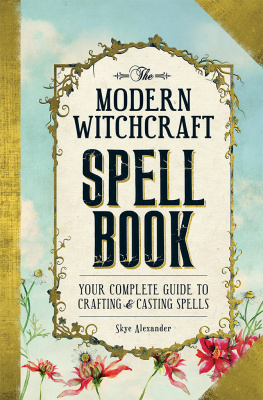





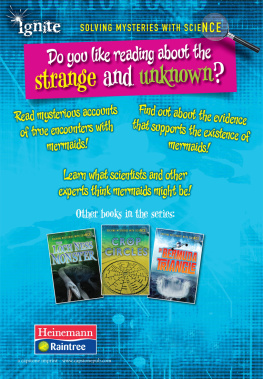
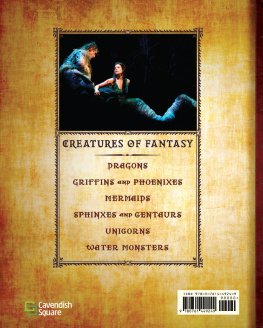
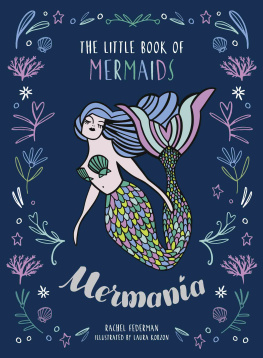
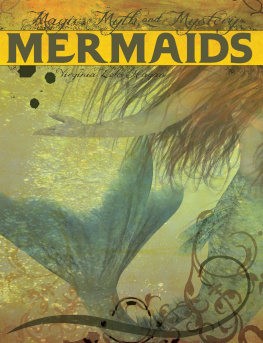


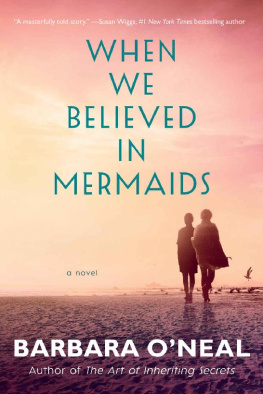
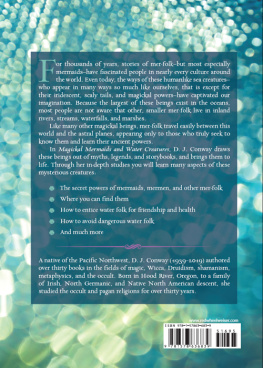
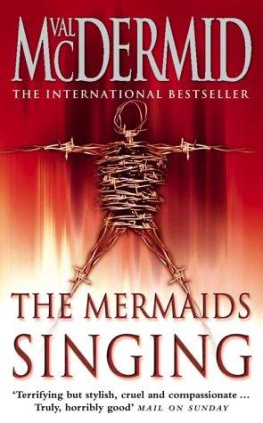



 D. J. Conway, Magickal Mermaids and Water Creatures
D. J. Conway, Magickal Mermaids and Water Creatures 

